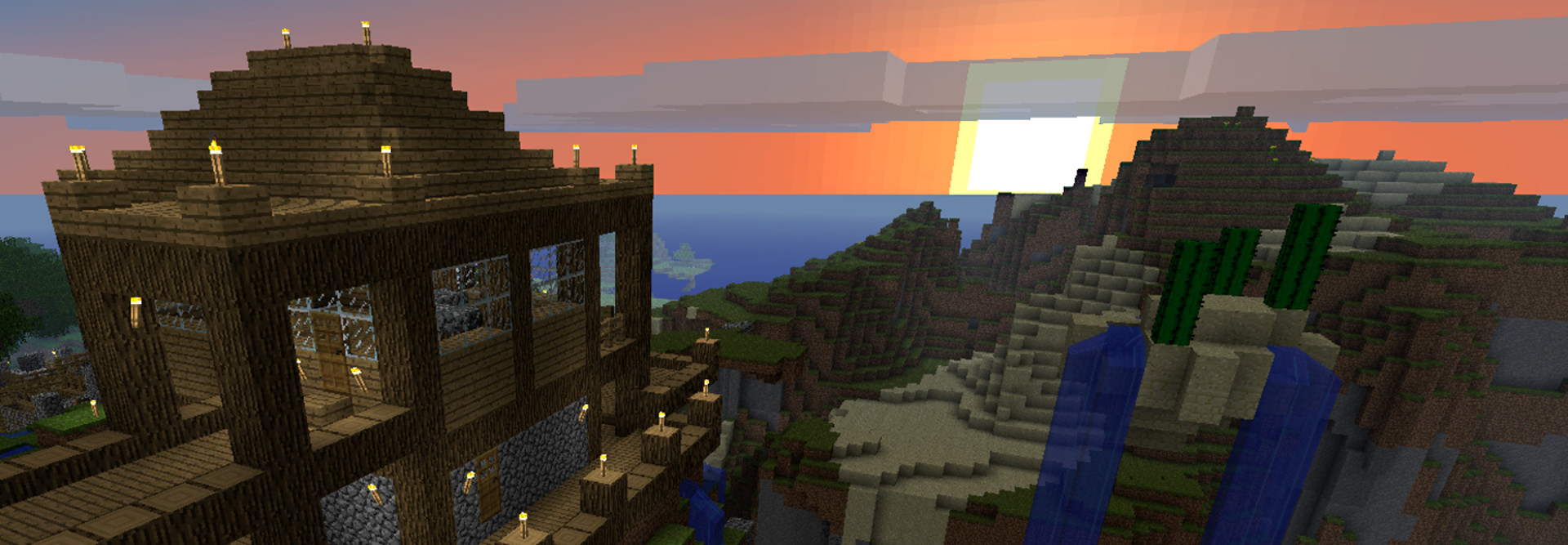‘Minecraft’ Changes Hands but Remains an Engaging Game for K–12
The man who gave the world “Minecraft” is backing away from his company.
Markus "Notch" Persson, the creator of “Minecraft”, has sold his company, Mojang, to Microsoft for $2.5 billion, according to the BBC. In a blog posted on his website, Persson wrote that he never wanted the responsibility that came with the success of the game, which has sold more than 54 million copies.
"I didn’t have the connection to my fans I thought I had," Persson writes. "I’ve become a symbol. I don’t want to be a symbol, responsible for something huge that I don’t understand, that I don’t want to work on, that keeps coming back to me."
Speaking directly to his fans, many of whom are K–12 students, Persson writes that Microsoft may own the rights to the game, but players will always share an important role in the game.
"Thank you for turning ‘Minecraft’ into what it has become, but there are too many of you, and I can’t be responsible for something this big. In one sense, it belongs to Microsoft now. In a much bigger sense, it’s belonged to all of you for a long time, and that will never change," he wrote.
The transition to Microsoft is not expected to disrupt current players, regardless of their gaming platform of choice. The company will continue to offer the game on iOS, Android and Sony's PlayStation, in addition to Xbox and PC, according to a news release.
Minecraft a Gateway to Learning Through Gaming
Minecraft is no stranger to K–12 classrooms.
Teachers have found innovative ways to use the world-building game to teach the core concepts of math, architecture and even digital citizenship, writes EdTech columnist Kyle Rother. The game engages students with its "virtual LEGOs." It's a technology that's fun and familiar to them,” writes John Keilman in a column for The Chicago Tribune.
David Carruthers, a Canadian seventh-grade teacher in Ontario, recently introduced the game to his classroom and found an eager group of learners. Carruthers blends the class geography curriculum with the game's exploration and building aspects.
"It’s much easier to get a student to embrace and be engaged with course content using 'Minecraft' compared to completing a worksheet," Carruthers says.
Quoting a student on Twitter, Carruthers wrote: "It doesn't feel like we are doing work when we use ‘Minecraft’, but we are."
The seventh-graders are using the world-building game to recreate natural landscapes in cube form. Through the game, students are learning about the scale and proportions of mountains while honing their spatial reasoning abilities, Carruthers says.
What Microsoft Could Do for Minecraft
With “Minecraft” now under its wing, Microsoft has gained access to a younger generation in a time when it's trying to revitalize interest in computer programming. Carruthers currently uses the portable edition in his classroom, but says Microsoft's acquisition of the game could allow him to bring the experience to more students. The Verge notes that many regard the game as "a gateway to education in computer science that could restore some appeal to the Microsoft brand for the next generation."
The company has hosted hackathons that encourage students to consider pursuing a career in computer science. In May, the company hosted the Microsoft International Women's Hackathon. The worldwide event, anchored in Washington, D.C., drew more than 2,000 participants from nearly 50 universities and 11 countries.
Rane Johnson-Stempson, the principal research director at Microsoft Research, organized the event. She told EdTech that playing games is one way to get girls interested in the field.









